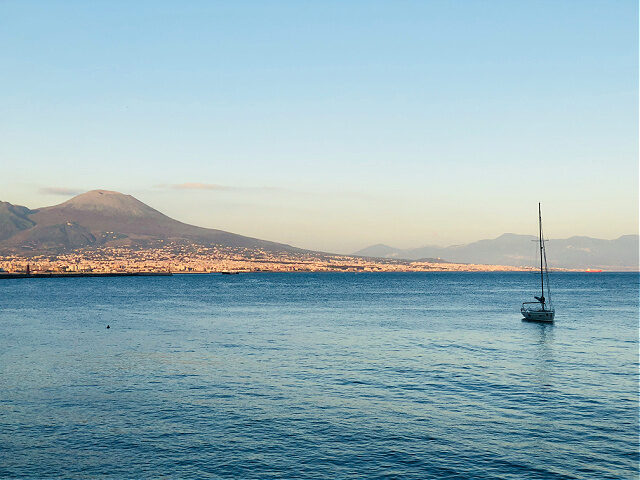A mosaic from the marble floor of an ancient Roman villa has been found off the coast of Naples, Italy, in an area that was formerly a spa town.
The floor was originally laid on the home’s decorated porch, the Italian Ministry of Culture’s Campi Flegrei Archeological Park said, CNN reported Wednesday.
Photos show the floor underwater and pieces that were recovered and placed in containers:
The CNN report continued:
Built in the ancient spa town of Baiae, which was popular during the late Roman Empire and home to residences owned by Julius Caesar and the Emperor Nero, the villa is part of an area of land that became submerged as the result of a geological phenomenon called bradyseism, during which the ground rises or, as in this case, falls due to pressure under the surface.
Preliminary research shows that the floor is largely made of irregularly shaped pieces of reused marble, a technique that was common from the 3rd to the 5th century CE, according to the park.
The marble is in pieces due to the structure’s walls collapsing. Now, archeologists are working to restore the pieces, Fox Weather reported Saturday.
“They noted that portions of the mosaic were placed in large freshwater tanks to remove salt from the seawater,” the outlet said.
The area where the marble was found is popular with divers looking to see ancient underwater ruins.
Another image shows fish swimming just above the mosaic:
In 2022, Syria unearthed an intact 1,600-year-old Roman-era mosaic in the country’s Homs district, AFP reported at the time.
“Discovered beneath a building, archaeologists have so far revealed a mosaic stretching some 20 metres (65 feet) long and six metres wide, but it is believed that more remains to be found,” the article said.
“Syria was an archaeologist’s paradise, home to some of the oldest and best-preserved jewels of ancient civilisations, but over a decade of war damaged beyond repair some of its fabled past,” it added.

COMMENTS
Please let us know if you're having issues with commenting.